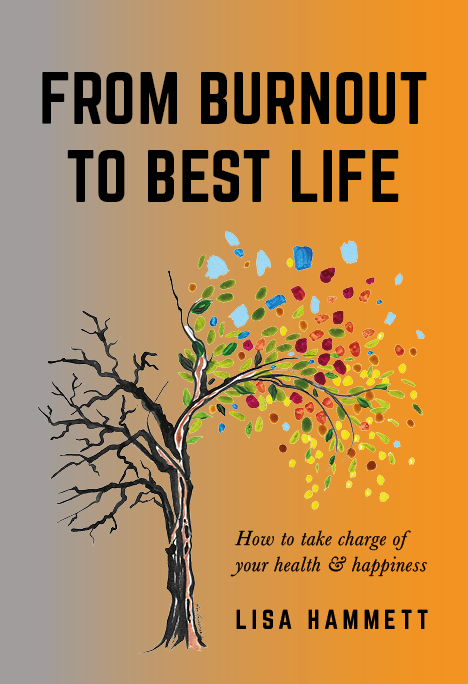I recently listened to a coaching conversation regarding “worrier” versus “warrior”. A worrier is a person in a state of anxiety and uncertainty over actual or potential problems. A warrior is a brave or experienced soldier or fighter. Would you describe yourself as a “worrier” or a “warrior”?
When I asked myself this question, I had to think about it for a moment. My first thought was definitely a warrior. However, the more I thought about it, the more I saw instances of a worrier. You may see yourself as somewhere in between.
Worry is a natural part of life. To say you want a worry free life is completely unrealistic. It’s like saying, I want a problem free life. Problems will arise. The key thing to remember, is how we react to them. We can’t always control what happens to us, but we can control how we react. So, how does this apply to worry? Worry, if left unattended, can be all consuming, turning into anxiety. Anxiety, if left uncontrolled, can become harmful to the body.

Effects of anxiety on the body include:
A sense of doom – a loss of all hope; the worst is yet to come
Panic attacks – can cause the heart to race and can simulate a heart attack
Depression – can impact all aspects of life
Headaches – can often become debilitating, making it difficult to focus
Irritability – can impact relationships
Pounding heart – fight or flight response
Breathing problems – can resemble an asthma attack
Upset stomach – nausea, cramping, vomiting, diarrhea
Loss of sex drive
Extreme fatigue – wanting to sleep all the time
Increase in blood pressure
Muscle aches and other pains
There are many ways to reduce anxiety, similar to stress reduction, as anxiety is a form of stress:
· Talking to a friend, family member, pastor, or professional counselor.
· Listening to calming music.
· Meditation and or prayer
· Get your UV rays; get outdoors
· Exercise
· Letting go
Let’s focus on letting go. Often, it’s easier said than done. However, with practice, it can become a habit. Letting go involves releasing worry and anxiety over things you can’t control. For example, worrying about getting COVID or losing your job. Both are heavy topics. What you can control are who you spend your time with, getting enough rest, and boosting your immune system with supplements and healthy eating. You can do the best you can at your job. If you have a strong suspicion that you might be let go, you can be proactive and apply for other positions. Bottom line, you can impact what you do. You cannot impact what others do.

When you focus on your reaction to outside influences, and choose to spend your energy on what you can control, it’s freeing. It does take practice. Sometimes a visual is helpful. Take a piece of paper and draw a line down the center. On the left side, write down all the things within your control. On the right side, write down everything that’s not within your control. When you’ve completed both sides, draw an “X” through the things that are not within your control. Post this in a location where you will see it frequently (ex: bathroom mirror). This constant reminder will help you redirect your thoughts when you’re going down the worry rabbit hole. Give yourself some grace if it takes time to redirect your thoughts. Habits are formed by repetition. The more you focus on what you can control, the stronger those neuropathways will become in your brain. You’ll eventually train your brain to let go of the rest. You’ve got this!








